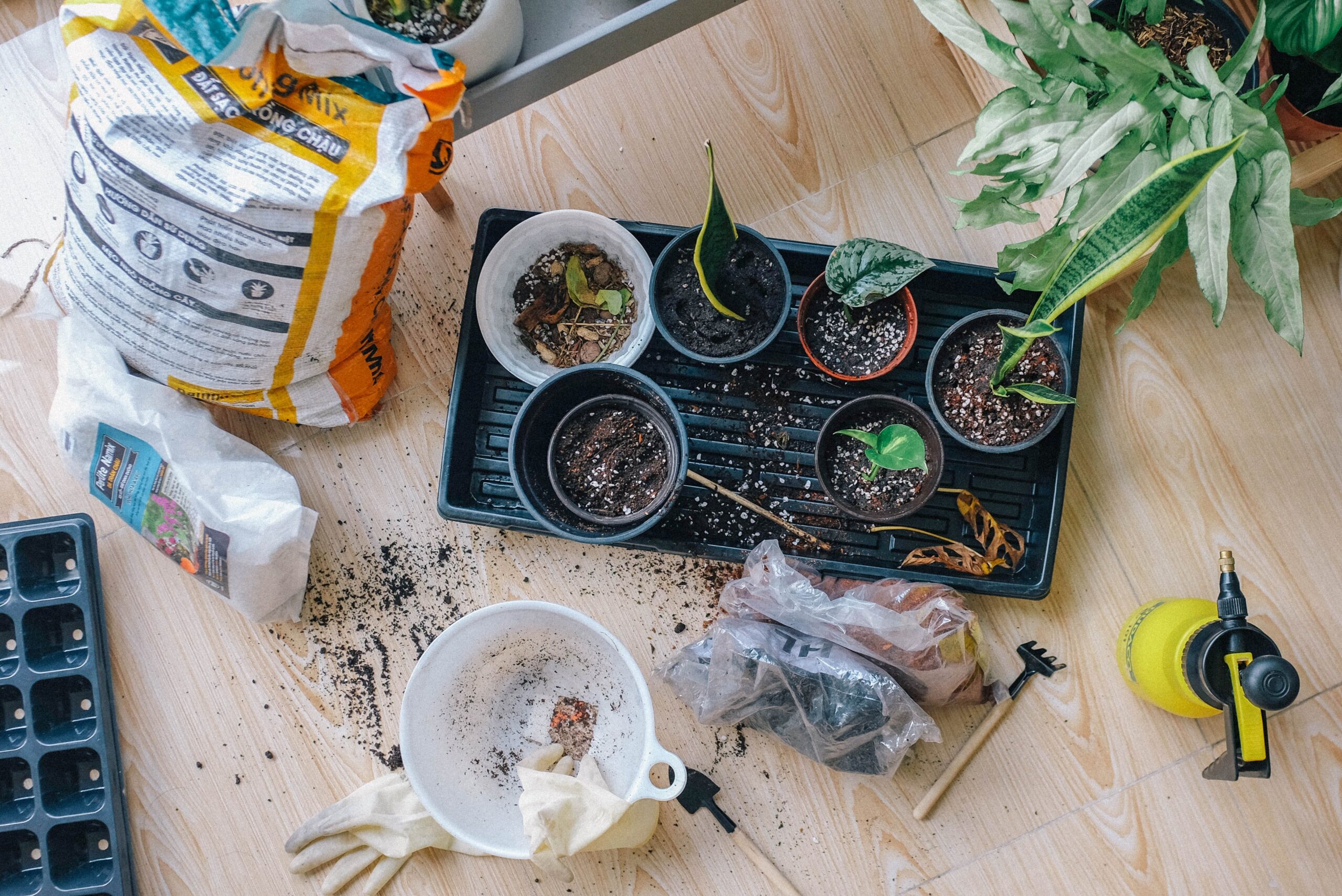
Adding sand to garden soil is a great way to improve its quality and make it more suitable for growing healthy plants. Sand can help your soil retain water, improve its drainage, and add nutrients. It can also provide structure and support for the roots of plants. Here’s how you can add sand to your garden soil to improve its quality.
- Test your soil. Part of improving soil quality is knowing what kind of soil you’re dealing with in the first place. Testing will give you an idea of the type of substances that should be added to the soil to make it suitable for plants. If you decide to add sand, this will give you the best idea of which type (coarse, medium, or fine) of sand you need.
- Decide which type of sand to use. Sand comes in many different types, and depending on your soil type and the type of plants you are planting, you will need to choose the right type of sand. Coarse sand is best for improving drainage, while medium sand can improve both drainage and nutrient retention. Fine sand is best for improving water retention.
- Add organic matter to the soil. Before you add sand, you should add organic matter such as compost or manures to the soil. This will help create a better environment for the roots of plants to grow in and it will also help retain nutrients and water.
- Add the sand. After you’ve added organic matter to the soil, you can start adding sand. Be sure to mix the sand into the soil well and water it regularly. You can use a garden rake to help evenly distribute the sand when adding it.
- Adjust the pH level. Adding sand will most likely alter the pH level of the soil, so you’ll need to adjust this. You can do this by adding lime or sulfur to the soil.
Adding sand to your garden soil is an easy way to help it retain water, improve its drainage, and add essential nutrients for healthy plants. With the right guidance and dedication, you can create the perfect environment for plants to thrive in your garden.
A Guide to Improving Garden Soil with Sand
Having a lush and verdant garden is all about having great soil, and sand is one of the best materials to help improve garden soil. Sand is an effective way to improve soil drainage, break apart compacted soil, and even provide essential nutrients. Here are some tips on how to improve garden soil with sand.
- Know Your Soil: Before you can begin adding sand to your garden soil, it’s important to understand what type of soil you’re working with. Different types of sand and soil require different approaches—so take the time to figure out what you’re dealing with.
2. Add Sand to Sandy Soil: If your soil is very sandy, adding more sand can help break apart any existing soil that’s been made too dense by rain or over-watering. Try adding small amounts of sand to the soil—over time, it should help improve the soil’s texture.
- Improve Drainage: If your garden soil is low in organic matter and dense, sand can help improve drainage so that each blade of grass or flower is exposed to fresh air in between rains. Mixing sand with soil can help create a loamy, well-dr ained texture.
- Provide Nutrients: Adding sand is a great way to provide essential nutrients to your garden soil. Sand itself does not have any fertilizing properties, but it does contain trace amounts of minerals that can help enrich the soil and make it more suitable for growing plants.
- Go Easy: Sand can be an effective way to improve garden soil, but it’s important to add it in moderation. Too much sand can reduce the ability of the soil to retain water, so always be sure to add small amounts at a time.
Improving garden soil with sand can be an effective way to give your garden a boost. Take the time to know your soil and understand how sand can help, and you’ll be able to create a beautiful and nourishing garden.
Using Sand to Improve Garden Soil Texture and Structure
Gardening soils often require amendments to improve their texture and structure in order to promote plant health and growth. One such amendment is sand, which can be used to break up clay soils, create better aeration and drainage, and add nutrient availability. Using sand to improve garden soil texture and structure can be a great way to improve plant health and yield in your garden.
One way sand can improve garden soil texture is by breaking up binding clay particles. Clay soils are often dense and dense soils can lead to a lack of oxygen and drainage. By adding sand to clay soils, the individual particles of sand can separate the clay particles, creating a better structure and loosening the soil.
Another way sand can improve garden soil structure is by adding beneficial aeration. Sand contains tiny air pockets, which can help promote better water, air, and nutrient movement through the soil, which is beneficial for plant growth. Sand can also help improve drainage, as it allows water to flow freely through the soil and away from the roots.
It’s important to note that while sand can help improve soil texture and structure, it can also decrease nutrient availability in some cases. Sand won’t hold nutrients like heavier soils and can lead to nutrient leaching of important minerals like nitrogen, potassium, and phosphorus. It’s important to regularly test the soil in your garden and to supplement with additional fertilizers, as needed.
In conclusion, using sand to improve garden soil texture and structure can be a great way to promote better aeration, drainage, and structure in your garden. While it can decrease nutrient availability in some cases, it’s important to recognize these benefits and adjust your fertilizer investment as needed. With careful monitoring and use, sand can be an effective way to improve your soil and, as a result, promote strong and healthy growth in your garden.



